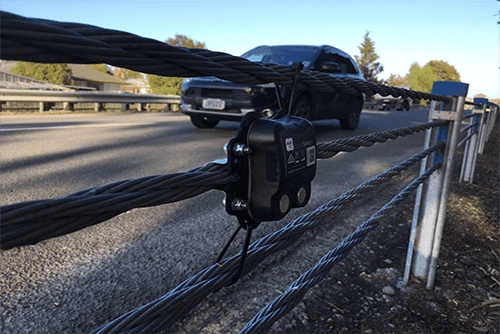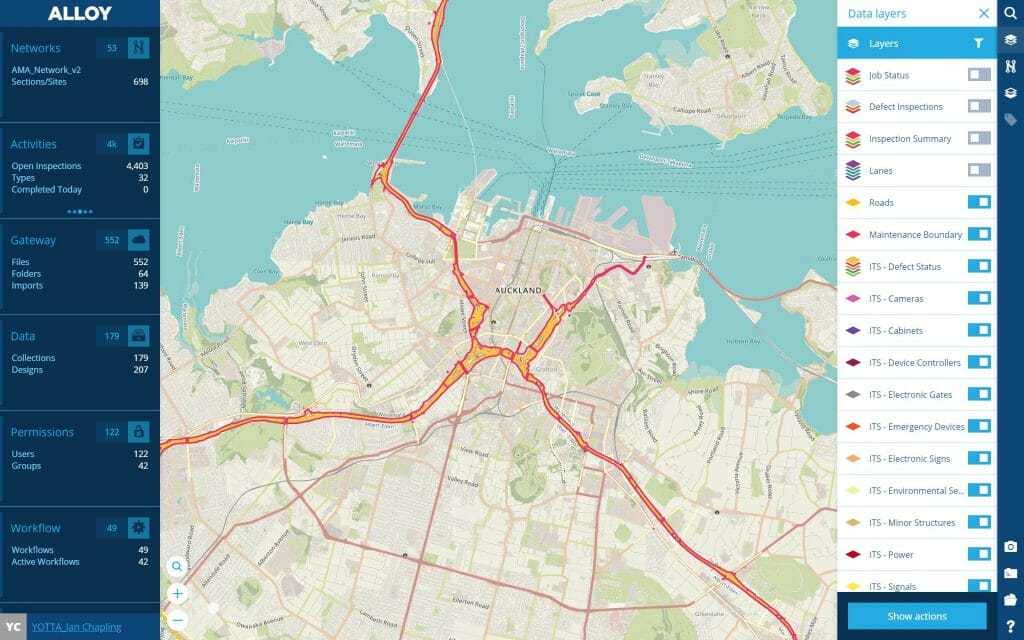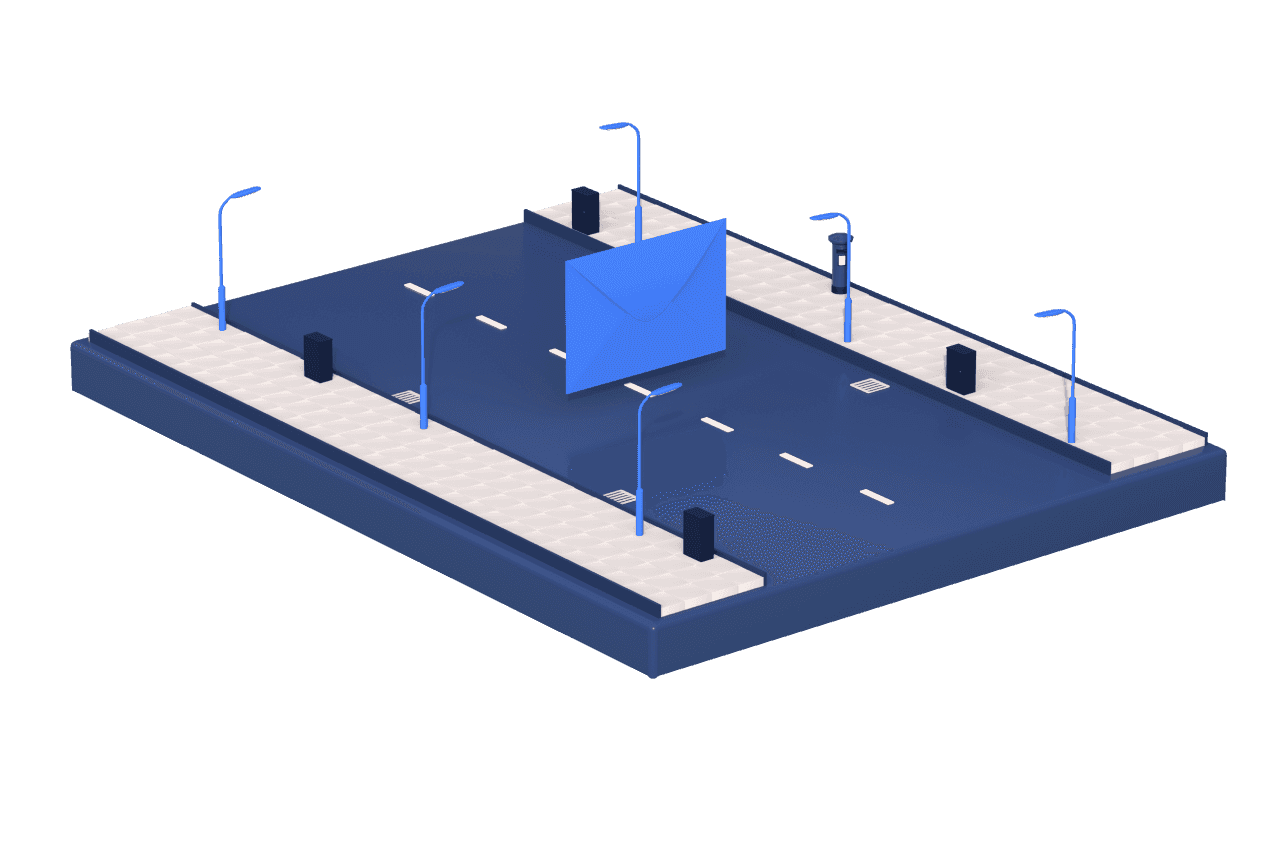New Zealand’s ASM Turns to Alloy for Highways Management and Maintenance

ALLOY TO IMPROVE NEW ZEALAND’S MOTORWAYS
Auckland System Management (ASM), an alliance between HEB Construction, Fulton Hogan and the New Zealand Transport Agency, is responsible for the management of motorways in Auckland and all necessary reactive and proactive monitoring and remedial actions.
As part of a recent contract with ASM, technology company Yotta is providing maintenance management software in the form of its connected asset management system, Alloy, to help ASM improve the operational management of the motorway network.


During the early stages off set up and testing of the Alloy platform, ASM identified the opportunity to use Alloy to collect and collate data from sensors deployed in the field.
This idea leveraged of previous work that the ASM had undertaken with New Zealand-based device manufacturer, PiP IoT, who’s devices already provide real-time information about the location and operating status of some of the ASM’s distributed assets. The PiP sensor devices have been selected for their compact, configurable and rugged design and provide a robust, long-life sensing capability, which can be tailored very specifically to the application.
Historically, monitoring, and potentially responding to any incident that occurred on the network was challenging for ASM.
Although the network has significant camera coverage, the cameras are typically monitored on an as-required basis.
That means that not all events were being picked up in real time and smaller events were not being picked up at all.
CHALLENGES
- Difficulty to identify incidents on the network in real-time
- Reliance on public notification means response times can vary significantly based on time of day
- Incidents can have a significant impact on traffic flow
HOW THE SYSTEM WORKS
In one particular scenario, as part of a trial implementation, PiP IoT has been working with ASM to develop alerting systems using the PiP IoT vibration sensor system, known as GeoSense. The trial focused on one specific section of the motorway network, where multiple barrier impacts had previously occurred. The section, located on a S-bend where cars joined the motorway, featured a barrier on the outside of the road that was frequently being hit. As a trial, ASM added 11 Pip IoT sensors to the barrier to understand the dynamics of the impact. These sensors are sensitive to the vibration caused by an impact.
When an impact occurs, and it registers above a set threshold, it triggers an alarm in the sensor and alerts Alloy, which then creates an inspection notification that is sent instantly to the ASM operational team. In the future, the signal could be sent to the Auckland Transport Operations Centre (ATOC), where the operator can bring up the relevant CCTV footage and decide on an appropriate response.
The main driver for the trial is decreasing the time taken to respond to an incident, and to be able to clear the incident quickly to reduce congestion. The typical response is that a member of the public’s call is passed to the ASM customer team, and the job is then further redirected to a field worker who investigates the incident. Response times can vary significantly based on time of day.

GAUGING THE BENEFITS
Early indications from the trial suggest that the new approach not only reduces the number of steps involved in responding; it also reduces the time taken to respond effectively.
With Alloy in place at the operational hub, field staff are alerted within 20-40 seconds of an incident occurring, much faster than with the previous approach. So far, the trial has also obtained data from 3 actual vehicle impacts and has rationalised the number of IoT sensors required.
These improved response times have the added benefit of enhancing safety, with emergency services able to attend incidents faster as a result.
They also help to improve the overall service to the community by ensuring that the flow of traffic on the motorway network is restored to normal levels sooner after an incident has occurred.
As a further benefit, by providing an alert when an incident occurs and damage has been done to the barrier, ASM can reduce maintenance costs through early recognition and repair.
ASM is excited by the outcomes of the trial so far. The combination of the PIP IoT sensor technology and Yotta’s Alloy connected asset management software is providing ASM with an opportunity to improve the safety of customers and network efficiency.
OVERALL BENEFITS
- Increases speed of response to incidents
- Improves safety levels on the motorway network
- Restores traffic flows to normal levels more quickly
- Improves overall service offered to the Auckland community

Never miss a beat
Subscribe to our Newsroom to be the first to hear about the latest news, content, events and more.
